Please view our updated COVID-19 guidelines and visiting procedures →.
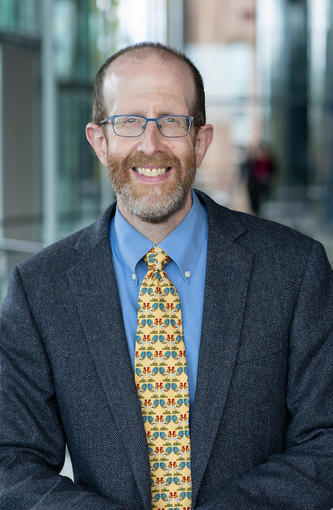
On June 10, national expert on pandemics and public policy Professor Howard Forman, MD, MBA, FACR, Professor of Radiology and Biomedical Imaging, Public Health (Health Policy), Management, and Economics at Yale University, spoke to Connecticut Hospice staff about COVID-19.
Professor Forman answered questions on a variety of topics relevant to professional practices and personal lives during the pandemic.
“It is possible that we are going to live the rest of our lives with a pandemic in some way, shape or form, and we are going to have to acclimate to that. Think about everything you do, and mitigate the risk as much as possible. To think we will never go out or attend family functions and gatherings would probably be ridiculous, but we should all avoid crowded, enclosed, indoor spaces or functions".
"Every single thing you do comes with some heightened risk. The thing that reduces your risk is decreasing mobility and not interacting with anybody and that’s just not how we’re going to be able to live our lives”.
The two practices he emphatically emphasized are wearing a mask always, and testing.
“If no vaccine is available I believe that testing is equivalent. If I could provide you with a $5 - $10 instant test for coronavirus that was highly sensitive, that you could do every day, you would basically eradicate this and have no problem of spread. And if we did this on a wide scale in the United States for a period of time we would stop this”.
Professor Forman stated the belief that testing will be scaled up and cheap enough for widespread implementation in the next six months.
Ideally, he said, “If you are home with someone vulnerable, test often”.
On the subject of pre/asymptomatic spread by a COVID-positive person, he confirmed that there is a documented two-day window before symptoms show when you can infect others.
“It is impossible to know if you are pre-symptomatic. Your assumption should always be at any given point in time that you might be infected – you just may not have symptoms yet”.
While his warnings are sobering, he concluded that with proper protection – wearing masks, frequent hand-washing, constant adherence to social distancing guidelines and avoiding crowded settings – your risk can be greatly mitigated.
Watch the entire session here:

Summer is here, and the natural world is exploding with life. While so many human beings stayed at home this spring, you may imagine what a ‘field day’ plants and animals have had. Our connection to all things growing is as old as our species, and we reap a myriad of benefits when in touch with nature - rejuvenation, stress-relief, increased health, sustenance, joy, creative inspiration, to name just a few.
For those unable to get outside because of social isolation or activity-limiting illness, there are many alternative routes to those life-enhancing rewards.
In this series we will discuss why and how nature is so beneficial to us and we’ll share some resources to help you bring some of the natural world to your own environment, wherever you are.
In later installments of the series we will visit the world of trees, which we know give us improved health in ways large and small. Their ability to provide oxygen, shade, medicine, and beauty is unmatched in our planet’s flora. Later, we’ll journey to the wilderness and find out how the natural landscape can improve our wellbeing and inspire our creativity, even when we are sitting indoors.
In Part 1 we start closer to home, as we explore gardens, gardening, and the therapeutic role played in our lives by our involvement with plants.
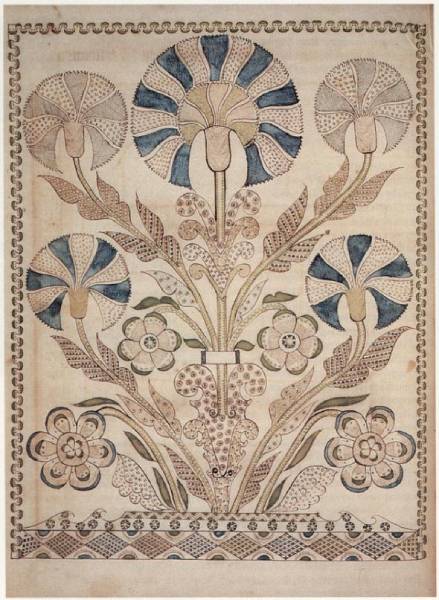
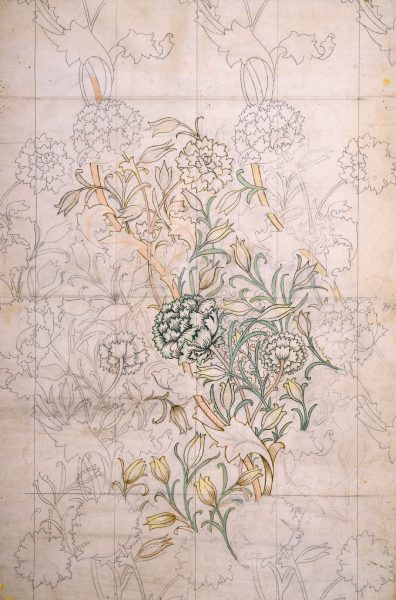
The human instinct to control our natural environment seems to have existed from our earliest days. Once we mastered the hunting and growing of ample food supplies, evidence teaches us that our ancestors began to design and plant for pleasure. Human knowledge of plant life expanded through trial and error to include nutritional, medicinal, and eventually purely aesthetic uses. When we looked at a beautiful landscape perhaps the pleasure we felt gave us the urge to try to reproduce it.
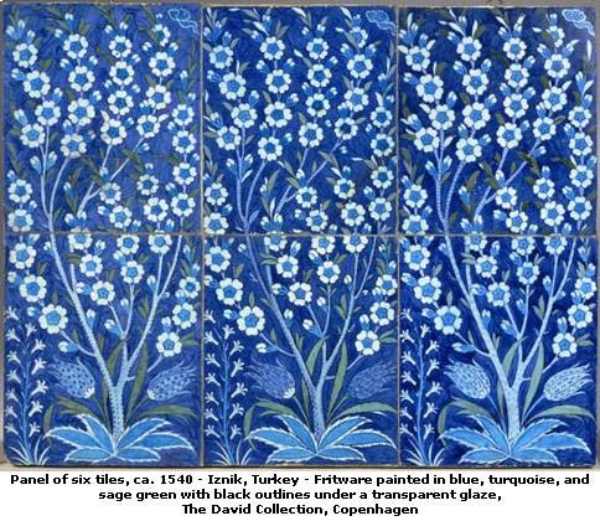

For millennia, gardens have been created as places of solace, escape, and relaxation. They have been catalysts for creativity, inspiring countless works of visual, literary and musical art. Their design is seeded in the imagination and nurtured by experiment and conditions, the only ‘rules’ being those of climate and space.
Ranging from the most grandiose and formal to a few simple containers on a sunny windowsill, there is a style to please everybody. Whether private or public, gardens can be manifestations of personal statement and cultural pride. They are sites of solitary, family, or community activity, which know no boundaries of age, geography or wealth. During times of war and, recently, pandemic, edible produce has been raised in ‘victory’ gardens, allotments, small plots and indoor pots. Anyone can garden with a minimum of material, (and most gardeners love to share or swap); very few people are immune to the enjoyment of being in one.
Before we continue, take a moment to enjoy this gallery of plants and gardens, and observe your responses to each of them:
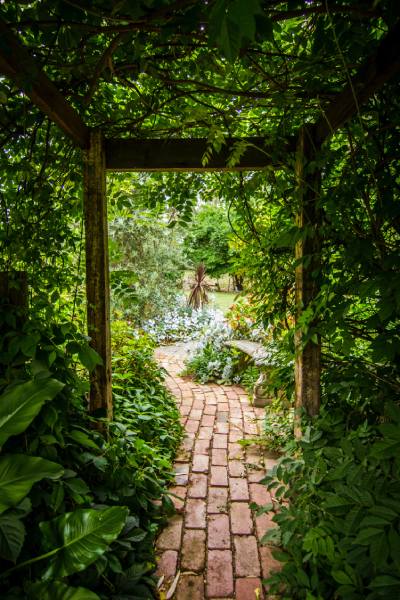

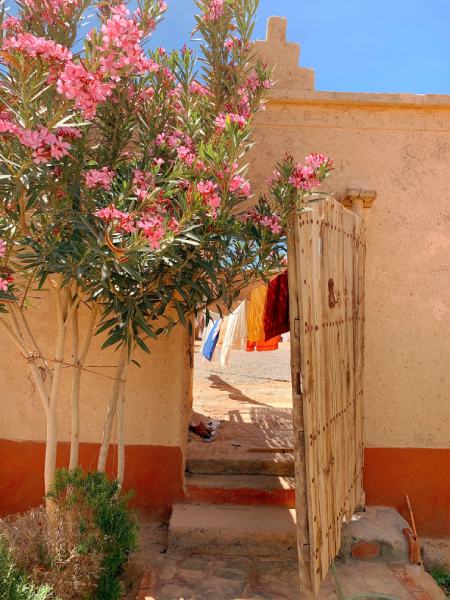
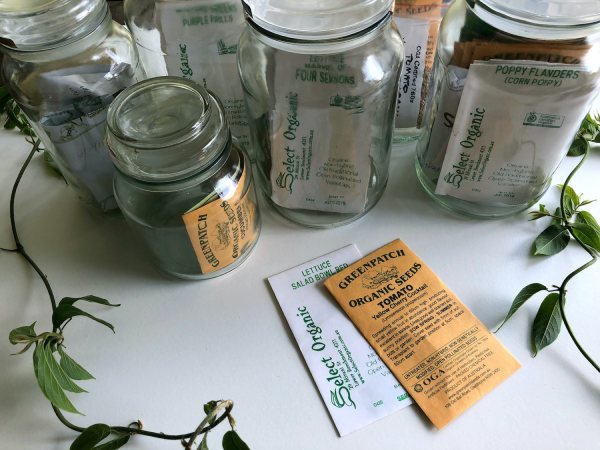
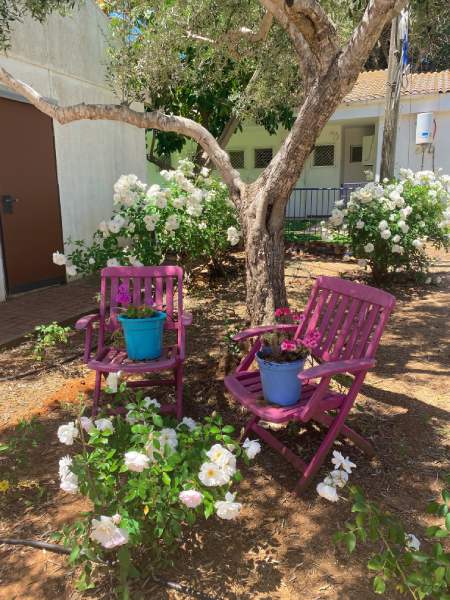

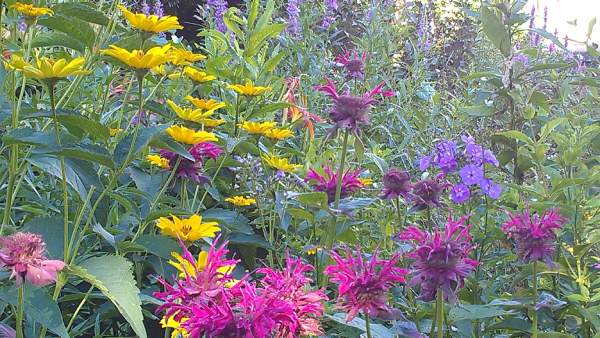
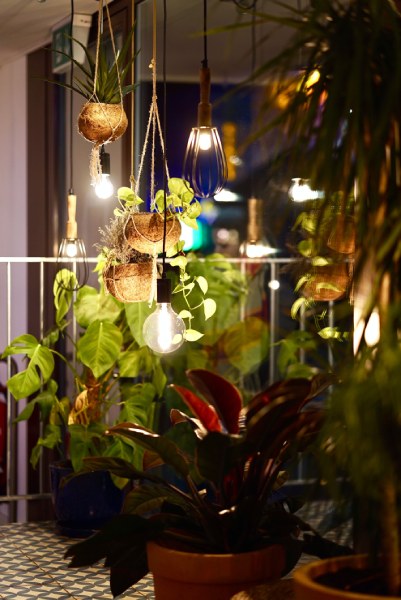
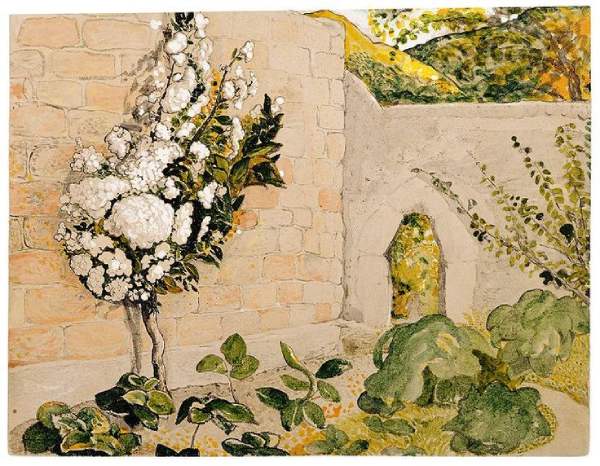
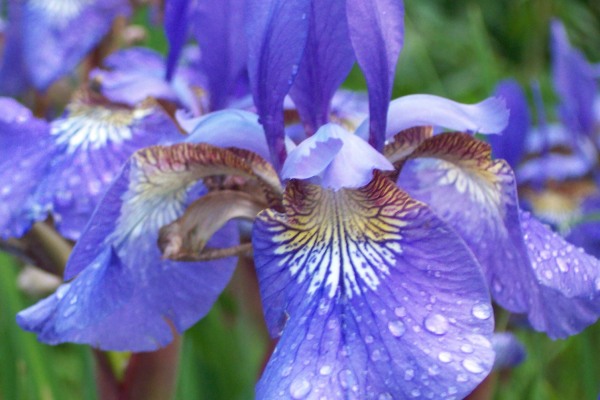
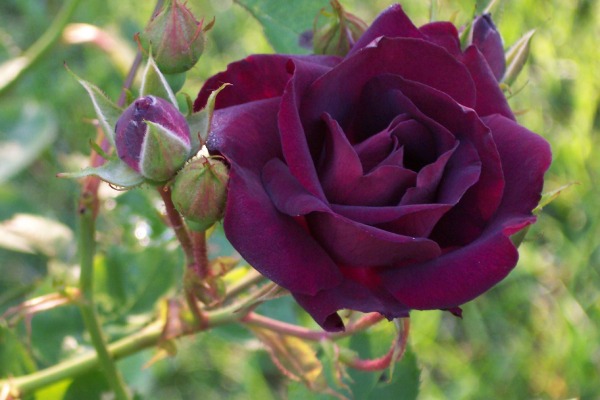
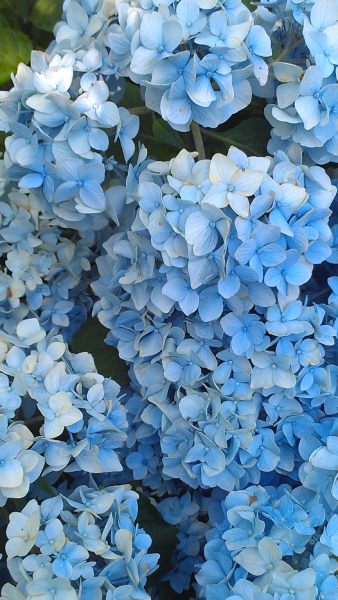
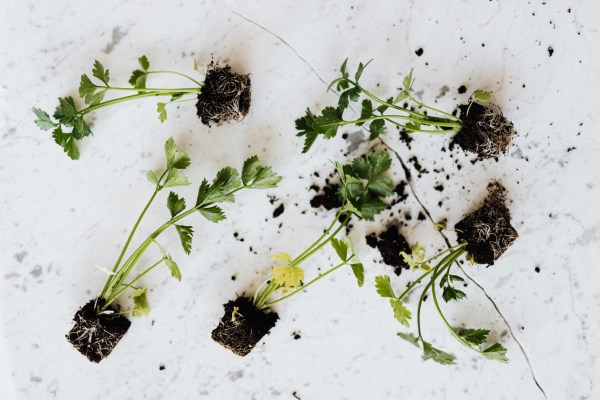
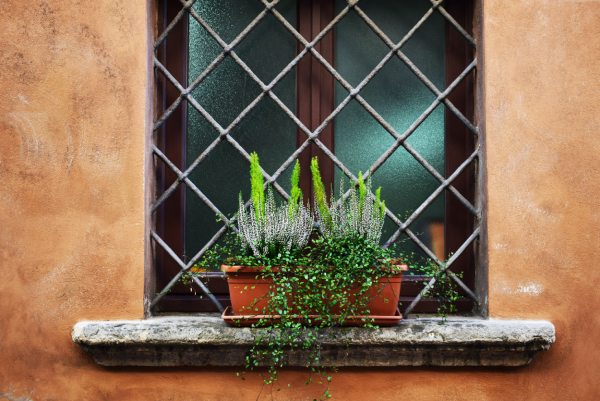
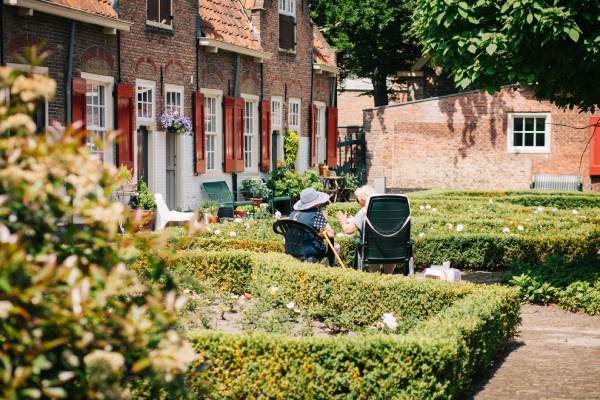
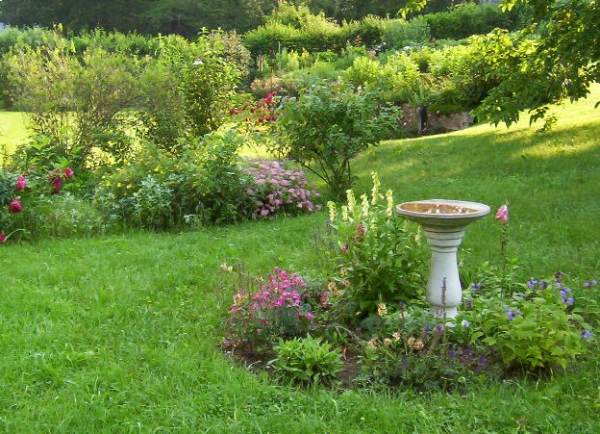

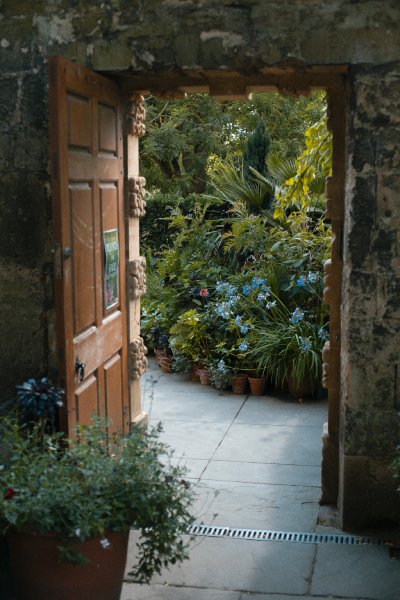
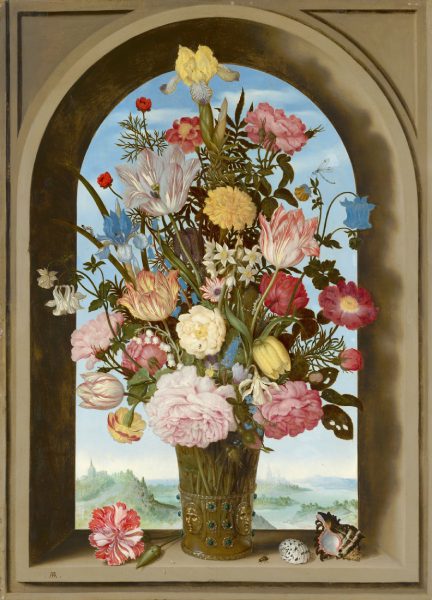
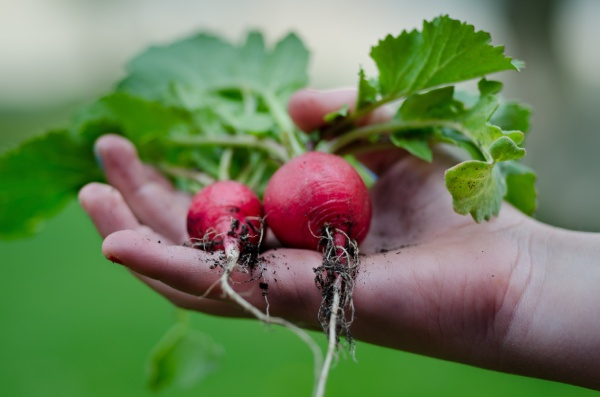
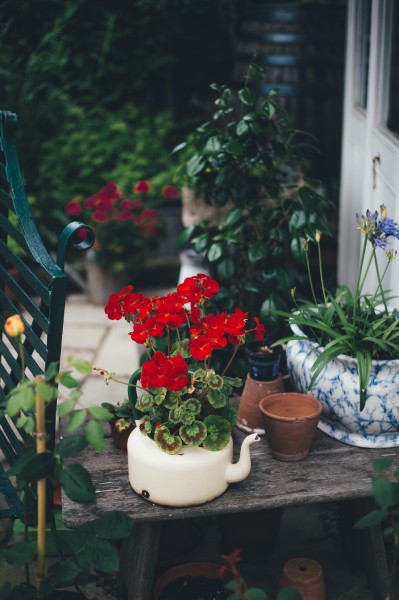
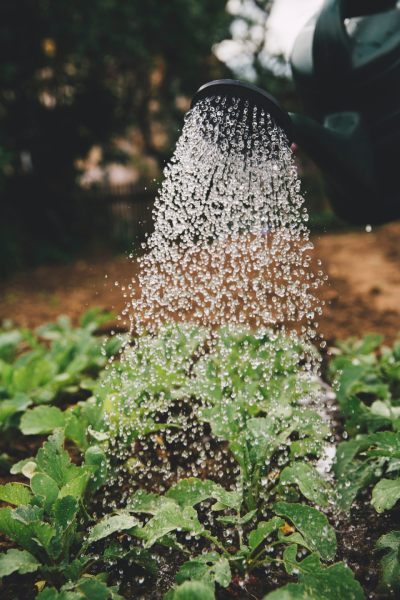
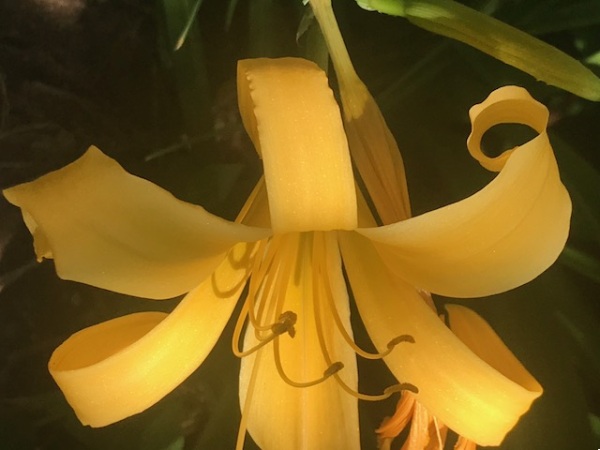
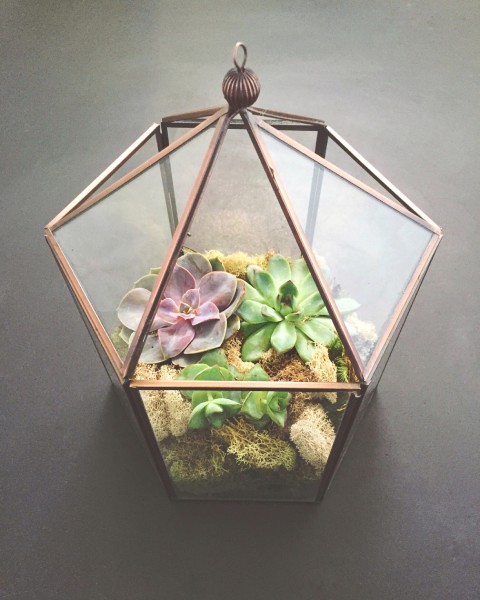
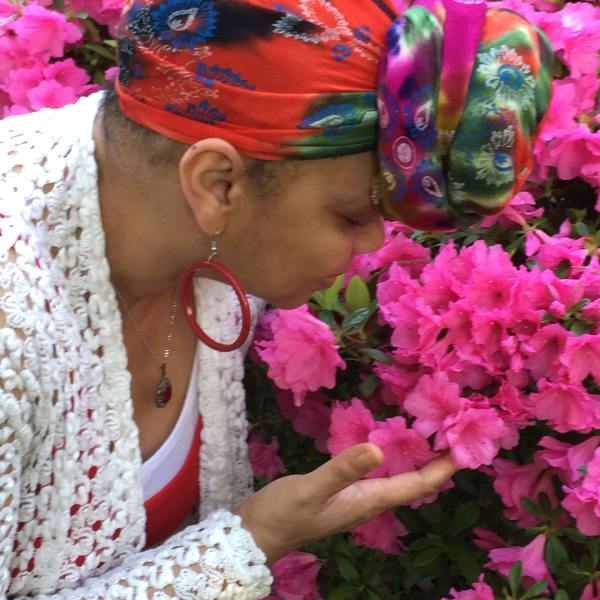
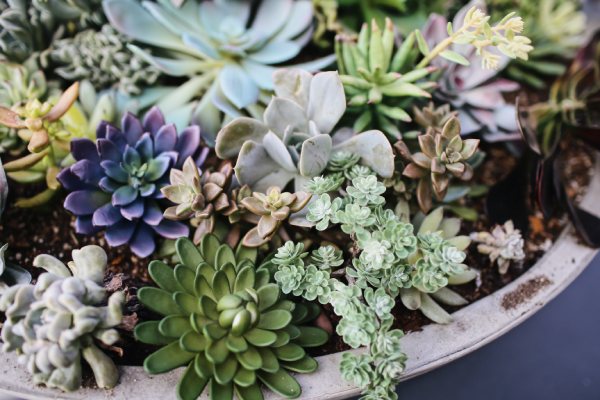
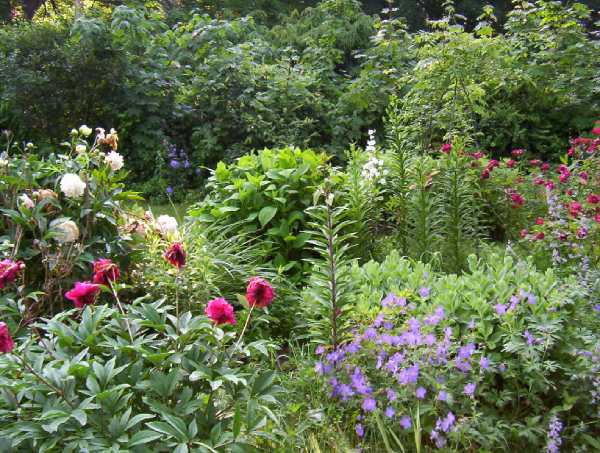
There is a quiet thrill to be found in cultivating a life force other than our own, and wonderful moments of surprise when plants enforce their own will and spring up in unexpected places. As we nurture gardens, so do they nurture us.
Beyond their cultural, historical and social importance, gardens and gardening provide profound physiological benefits. They stimulate all our senses. One or two plants in an indoor pot can do this, or a richly planted garden outdoors. We know that aromas can trigger memories, colors can affect our emotions, shape and form feed our ability to use logic and enhance memory. Likewise, certain natural sounds can reduce our heart rates, and the taste of something healthy and fresh can encourage appetite. The physical activity of gardening on any level can improve fitness and motor ability.

Because they engage all these senses, it is clear that gardens bring huge rewards. For persons with cognitive deficits or impaired motor skills, they have a particular value: – the cerebral cortex of the brain, where sensory information is processed, is stimulated by the sights, smells, sounds, tactile textures, and taste of plants and gardens. The cerebral cortex is also where motor function is controlled and voluntary movement regulated, and it is the area of the brain responsible for processing language, planning and organizing.
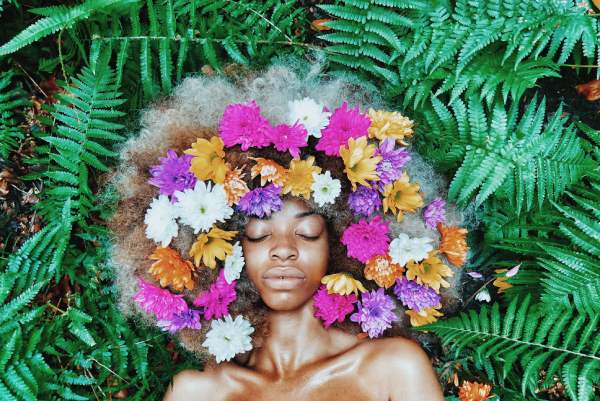
The physician and writer, Oliver Sacks, explains the value of gardens:
"As a writer, I find gardens essential to the creative process; as a physician, I take my patients to gardens whenever possible. All of us have had the experience of wandering through a lush garden or a timeless desert, walking by a river or an ocean, or climbing a mountain and finding ourselves simultaneously calmed and reinvigorated, engaged in mind, refreshed in body and spirit. The importance of these physiological states on individual and community health is fundamental and wide-ranging. In forty years of medical practice, I have found only two types of non-pharmaceutical “therapy” to be vitally important for patients with chronic neurological diseases: music and gardens." (from “Why We Need Gardens” in Everything in its Place: First Loves and Last Tales).
This year more than ever, many of life’s most sustaining activities have by necessity become virtual ones. While many of us may not be able to travel or experience the beauty of gardens in person, the internet can take us there with a larger number of options and more stunning videography than ever before.
The New York Botanical Garden, a National Historic Landmark and the largest Garden in any city in the United States, is a wonderful source of information, beauty, and escape. Their website offers marvelous virtual tours through their gardens, ranging from spring flowering bulbs and blossom trees to roses in high summer. Tutorials by NYBG experts can be found there and on YouTube to help you with indoor plants and outdoor flowers and shrubs. If you want to grow some of your own fresh vegetables their website also features guides especially tailored for children and beginners.
Click here to tour the gardens or watch their free tutorials: New York Botanical Garden at home
If you would like to explore some of Great Britain’s famed gardens, including Kew Gardens, National Trust sites and The Royal Horticultural Society’s Chelsea Garden Show, this collection of virtual tours is not to be missed: Enjoy virtual British gardens
Whether in real life or virtually, the pleasure we can take in gardens and gardening is available to us in every season. We observe in the life cycles of the natural world an echo of our own finite existence, but there is comfort there in abundance. The careful preparation of a plant pot or a flower bed, and the expectant anticipation of our success, feed our sense of hope. The excitement of seeing a young shoot first emerge from our soil is hope brought to fruition.
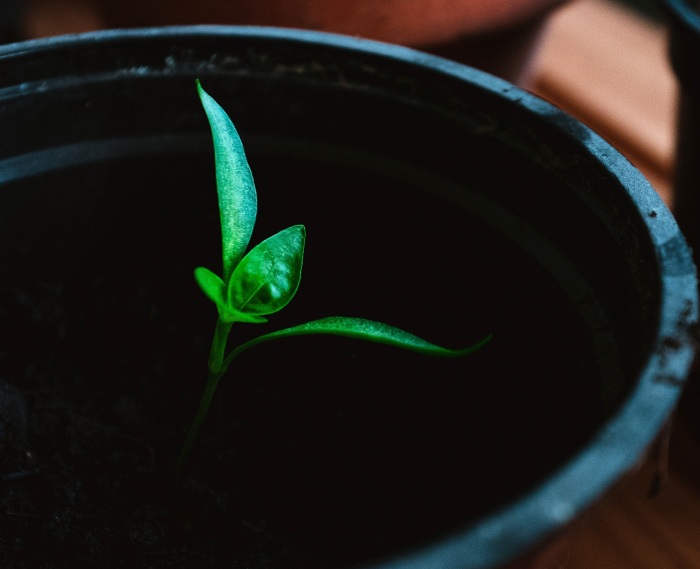
"And don't think the garden loses its ecstasy in winter. It's quiet, but the roots are down there riotous." - Rumi
Click here to read more about the the physical and mental benefits of gardens
To read a recent study comparing the health effects of natural vs city landscape click here: Experimental Study on the Health Benefits of Garden Landscape
To read about gardens in history:
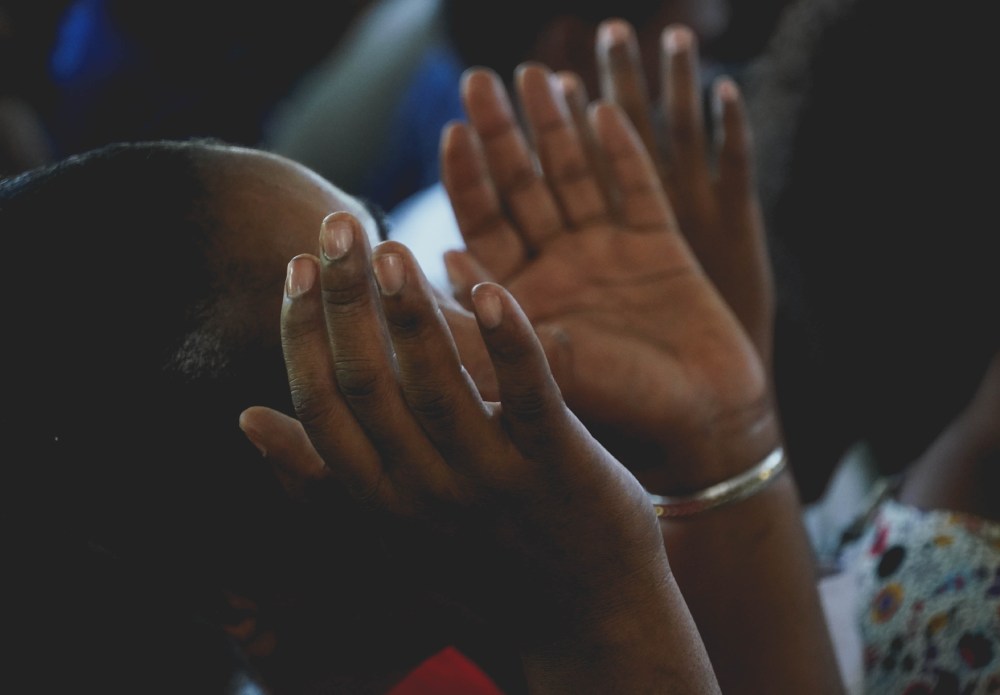
When the COVID-19 pandemic forced millions into a form of hibernation, many found themselves existing in a much quieter world, some even experiencing long periods of silence. Some have found the opportunity to think and create in that unusually quiet space; others, (for most of us are social beings), have reached out on phones, FaceTime, and Zoom to feel a connection they have missed. Not everyone has that luxury, and many are painfully isolated – often the disempowered, the victimized, the poor, the sick.
Recently, regardless of the extent to which communities have lifted some social distancing restrictions, hundreds of thousands of citizens have been impelled to march en masse to protest violence and discrimination against people of color.
Whether in silence or in clamor, these sentinel events have emphasized the importance of listening to (and really hearing) others, and the importance of speaking up loudly for those who need support.
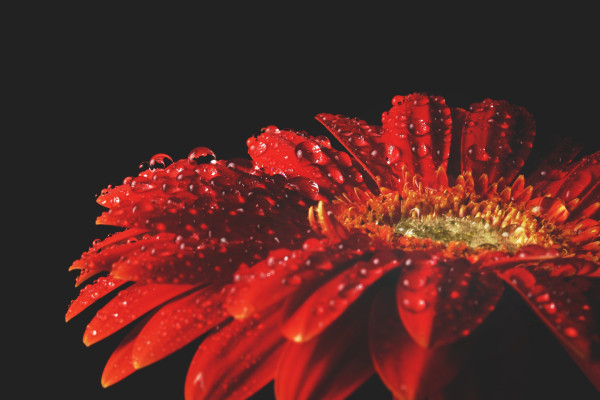
In this second installment of our series on Spiritual Care in Difficult Times, The Reverend Susan Trucksess, a Connecticut Hospice Pastoral Care Volunteer, examines the profound spiritual connection made when human beings sit in silence together, and the comfort and healing of solidarity, whether words are spoken or not.
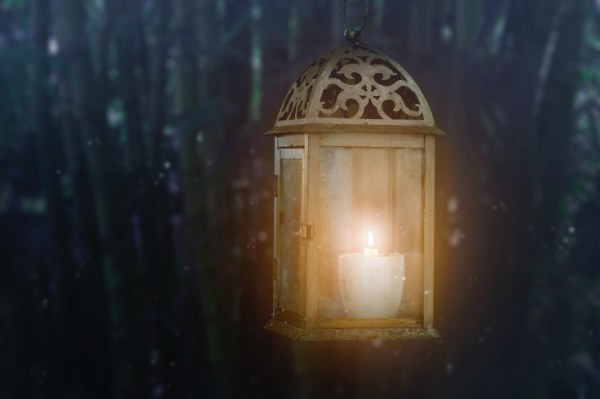
Presbyterians are wordy. Presbyterian ministers highly value the Bible as the Word of God, emphasizing Word. Presbyterian preachers preach long verbose sermons (Some might even say “endless.”) Presbyterian pastors use lots of words in conversations and communications with parishioners. (Some might even say “repetitive”). I am a Presbyterian minister...thus I tend to be wordy.
For many years I served in church settings. Then, in retirement, I came to Connecticut Hospice as a volunteer in the Pastoral Care department doing in-home care. I believed I had some experience to offer. Instead I learned I had much to learn... such as about the power of silence.
Naturally, in the course of my vocation, I had spent a lot of time with people in various straits of life, including but not exclusively those who were facing death. Now those at Connecticut Hospice who are moving toward the end of life in their homes are my “parishioners,” and our exchanges can have a different tone, a different quality, to them.
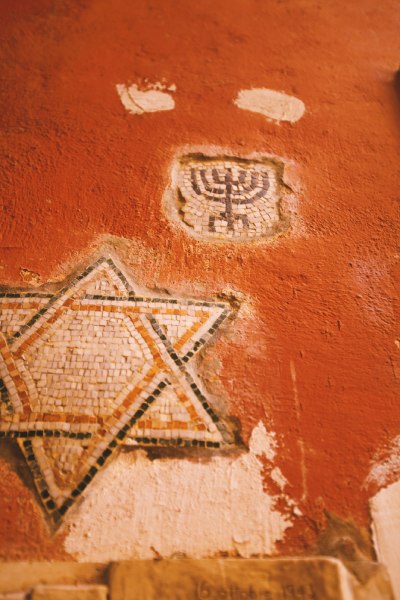

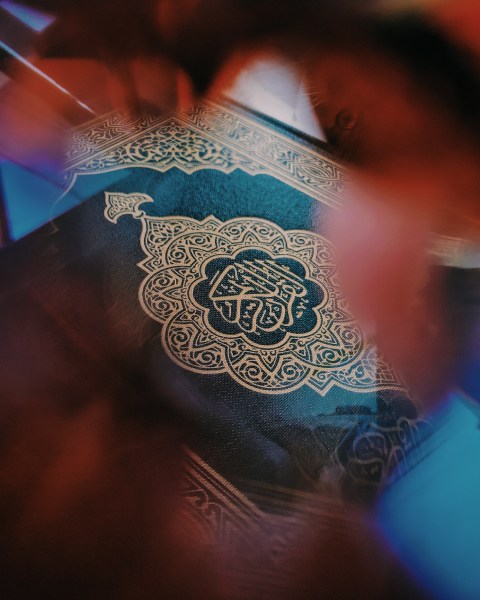
Often I walk into a home or a care center, sit at the bedside, and find that silence will be the most profound medium between the patient and me. Perhaps Mrs. Jones is presently too tired to talk. Maybe Mr. Gonzales has lost the ability to speak. Perhaps Rebecca is too angry or too sad to even look at me. John may be in a coma. What do I say in those situations? What words do I use? Of course, I can and do read from the Bible, the Torah, the Qur’an, if that seems appropriate or desirable. I can offer prayer, a blessing, an anointing, and spoken expressions of comfort and hope. And sometimes, sometimes, I can just sit in silence. As the Persian poet Rumi said,
"The quieter you become, the more you are able to hear".
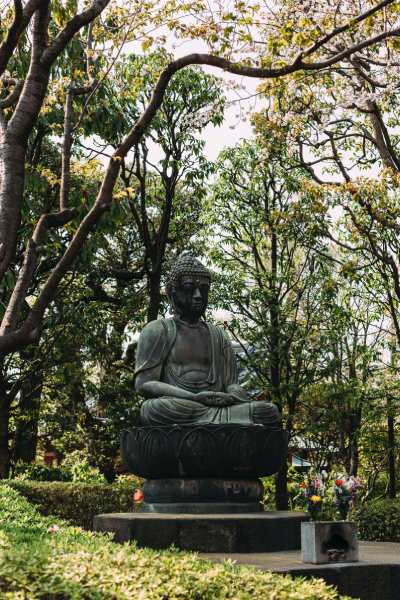
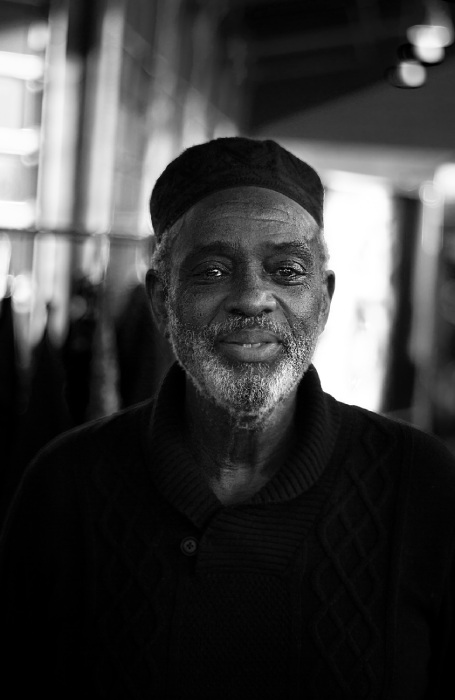
At first, I have to admit, that seemed awkward. No words, no response. What was I doing there? What was I offering? Accomplishing? Nothing fancy, nothing bold, nothing noteworthy. It was humbling. And then I realized that was exactly the point, that is the point. In these moments I am sharing in the very human condition.
Each of us there - the patient and I - are going to die. Perhaps one sooner than the other, but each of us is living in the movement toward death. I am overwhelmed by a feeling of connectedness, of tenderness.
When two people (or more) know that we are in the process of being human, there is something that can happen between us. Something big, something grand, something tenderizing can take place in our midst. A kind of joy. All the things that normally distance us from one another become small and insignificant.
We will not be here forever, but we are here together now, and Spirit is with us. There can be joy in the midst of suffering, and life in the presence of death, as the wonder of life, death, and the mystery of life beyond death unfolds for all of us.
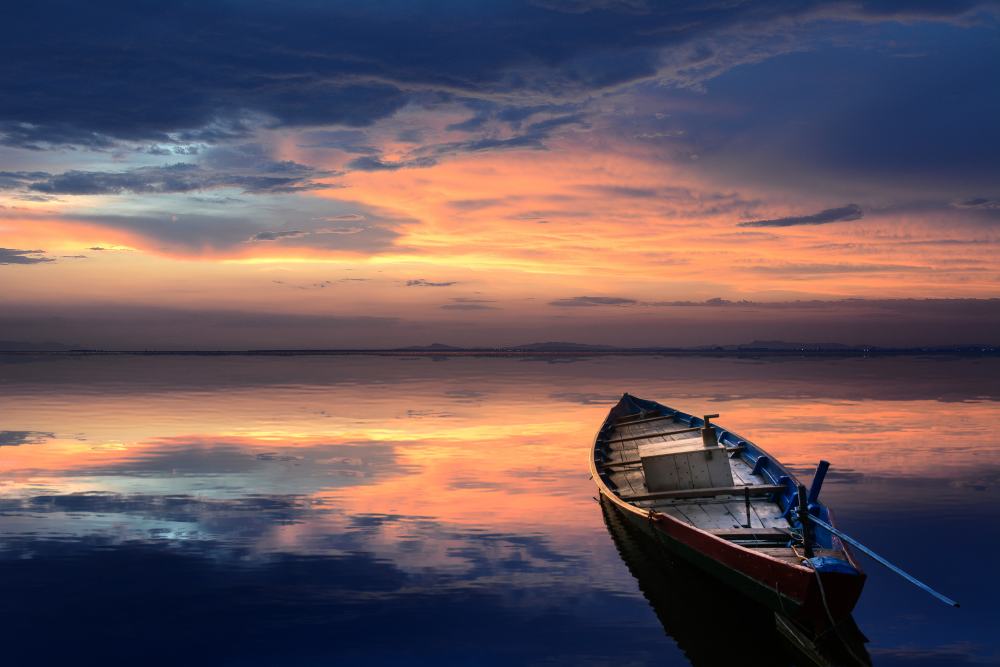
This is part of what Connecticut Hospice is all about - and it comes in many forms of caring for patients and families - with words, and without. It comes in a touch, a bandage, an injection, a bath, a warm meal, a smile, an assurance, a hope, a prayer. It comes from nurses and doctors, social workers, administrators, chaplains, aides, volunteers who cut hair, bring art supplies, music, (or dogs), transport to appointments. It comes through in-person interactions and in phone calls. It is soft and it is firm, compassionate and professional. It is caring and tending and accompanying. It is the Connecticut Hospice way. And we would be honored to serve you should you need us.
Peace and blessing, The Rev. Susan Trucksess, Pastoral Care Volunteer.
To read more on Presbyterianism: https://en.wikipedia.org/wiki/Presbyterianism
To find out more about 13th Century Persian poet Rumi's works: Rumi - America's best-selling poet
Rumi's life, death and legacy: Rumi biography
Writings on stillness: Stillness as action
Pablo Neruda on being quiet: Sylvia Boorstein reads Pablo Neruda poem
How U.S. Representative and civil rights leader John Lewis learned to use words for change: Excerpts from 'Preaching to the Chickens'
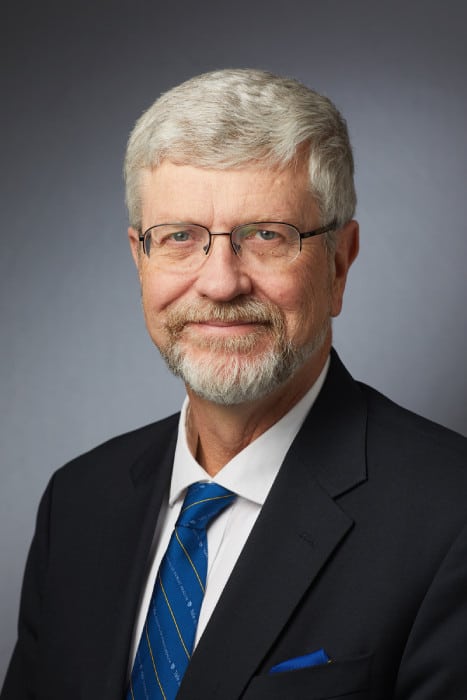
Connecticut Hospice was fortunate on the May 27 Town Hall to enjoy the partnership of world-renowned epidemiologist and Dean of the Yale School of Public Health, Sten Vermund, MD, PhD, in educating its staff.
Dr. Vermund shared his wisdom with Connecticut Hospice staff on COVID-19 protections for health care workers and their families, answering questions on a live Zoom conference, and covering a wide range of topics, including –
With permission from Dr. Vermund, we are pleased to share the entire session with you. We hope you will find this conversation interesting and informative, and we are sure you will glean some insights and reassurance from his knowledge.
Read Dr. Vermund’s bio here:
Read more about Dr. Vermund’s work here:
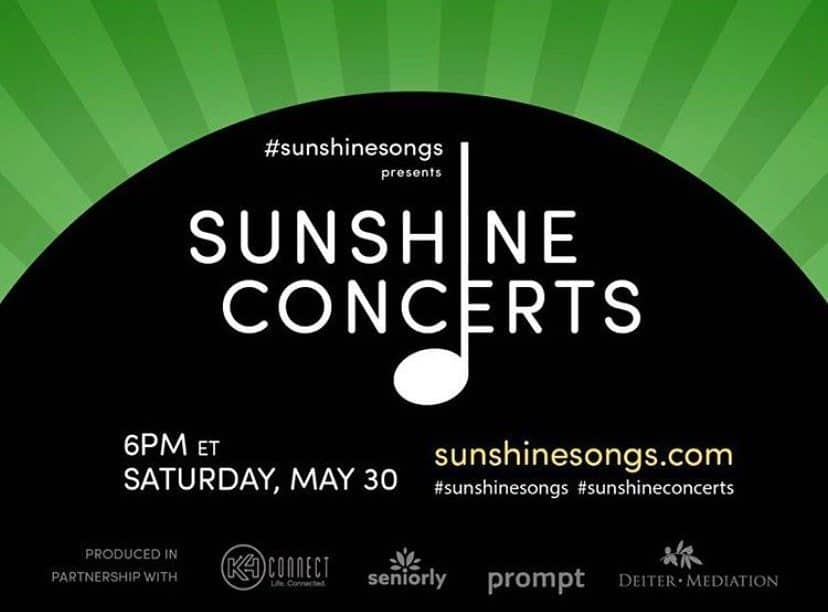
For all those isolated by illness and the pandemic, actress and Broadway star, five-time Tony Award nominee Laura Benanti has some joy to share, and we have been asked to help bring it to the Connecticut Hospice community and others who may not be active on social media and might be in need of connection during this time.
Benanti and social activist friend Kate Dieter-Maradei created SunshineConcerts, a free livestream concert series to connect an intergenerational audience.
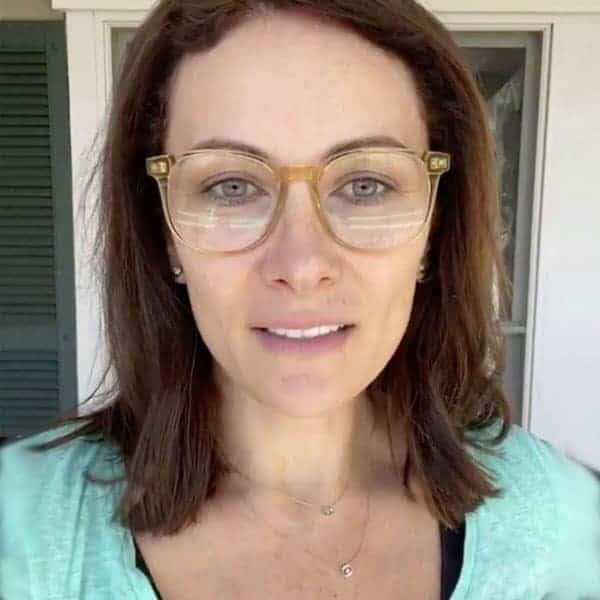
This spring thousands of high school students across the country were bitterly disappointed to discover the musical productions they had spent months rehearsing would not be staged. On Twitter, Benanti invited students to share videos of the performances they weren’t able to give because of COVID-19.
The #SunshineSongs social media campaign went viral with millions of people joining the virtual audience for students’ heartwarming performances.
Benanti received thousands of videos from all over the country, (her friend Lin-Manuel Miranda watched many with her), and the story was featured on Good Morning America, Vogue, People and the NYTimes, etc,.
Benanti and Dieter-Maradei decided to turn this outpouring of expressions into something positive. The SunshineConcerts project livestreams performances by the best of the student submissions and includes performances by Laura Benanti, and other special guests so that elders and teenagers can come together in music.
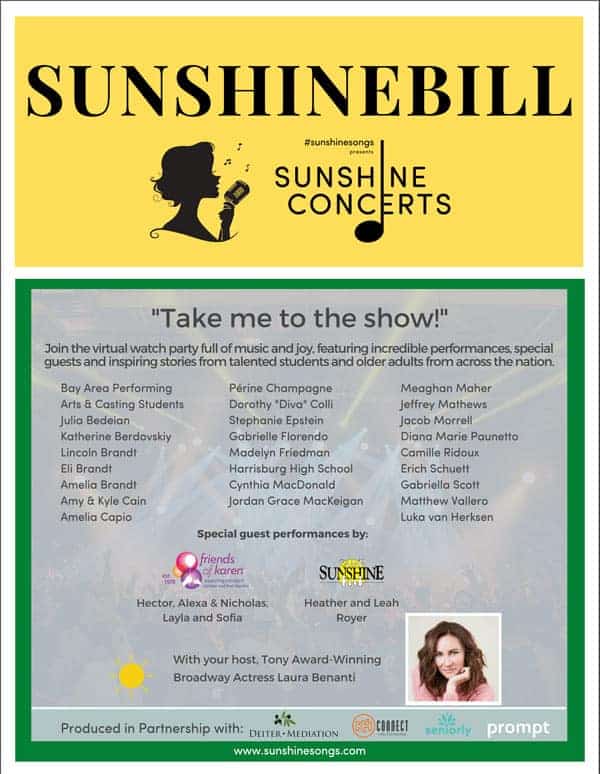
Watch the The Sunshine Concert livestream Saturday, May 30 at 6pm! To make the event special, virtual tickets and playbills can be printed.
Download your SUNSHINEBILL Playbook here.
Download your Sunshine Concert ticket here.
Please share these details with anyone you know who is living in isolation during the Coronavirus Pandemic.

Pastoral Care is a core service of hospice care, an integral member of the interdisciplinary team that brings care to all hospice and palliative care patients and families. During difficult times, many seek solace in their spirituality, while others have many questions, and plenty of doubt, about where to find spiritual support.
It seems especially important to offer some reassurance while so many are struggling with current events. On this page we will be posting a series on how pastoral care providers at Connecticut Hospice see their mission, and how patients and families feel strengthened by their support, whether they follow a particular faith system or not.

In the first of this series, Jamie Johnson, Connecticut Hospice Pastoral Care Volunteer, defines how she sees Spiritual Care, and describes how it is given to hospice and palliative care patients in our in-patient setting and to patients at home throughout Connecticut.

Everyone has a worldview, a perspective on what is right or wrong, what is most important, what gives them comfort and inspiration, and why things happen. For many, their worldview is formed by their religion and faith communities. Others look to their human connections, to nature, to service, to love, something larger than themselves. This acknowledgement and embrace of something larger than ourselves, however you define it, is spirituality.
When crisis happens—unexpected change like losing a job, injury or illness, death—people turn to their sources of comfort and support, their spirituality, to make sense of what is happening. Some people pray to God, light a candle, meditate, take a walk outside, speak to a friend, clergy, or a therapist, create art. Sometimes, though, the crisis is so overwhelming they aren’t able to access that support. At Connecticut Hospice, this is where the chaplains and volunteers of the Pastoral Care department step in.
A sign in the Pastoral Care office reads:
Chaplains help create a sacred space for people of all faiths and cultural beliefs in stressful, life changing, or transitional moments to find meaning, hope, connection, and comfort by enabling them to identify and draw upon their inner strength.

This is spiritual care. Chaplains and volunteers offer their compassionate, calm, open presence to all people, from those in traditional faith communities to the “spiritual but not religious” and the “nones.” They will listen and provide support based on the careseeker’s beliefs.
Pastoral Careworkers do not preach or lecture; they do not judge or condemn. They sit at bedsides, hold hands, and hold space for people to process what troubles them; they may also offer prayer, ritual, or readings as appropriate.



If hospice patients or families need particular religious care, the department will contact local clergy. A prayer room is always available for prayer and meditation. Roman Catholic Mass is celebrated weekly, with communion available to those who can’t leave their rooms. Interfaith services are also performed regularly.
To support people of diverse beliefs, the Pastoral Care department works with the entire Connecticut Hospice team.

The Arts Department provides engaging and inspirational art projects and music at the bedside. Pet therapists bring dogs around for tender, loving care. Social workers listen and guide. There are special, handmade blankets on each bed to surround patients with color and warmth. Even our location on the shore of Long Island Sound offers a restorative breath of fresh air to patients and their loved ones.
The Pastoral Care department is here to help and support you during difficult and challenging times.
Jamie Johnson, Pastoral Care Volunteer, Connecticut Hospice

For information about different religions and spiritualities: Harvard Divinity School's Pluralism Project
For a series of inspiring podcasts on spiritual questions: Yale University's The Quadcast
To hear Yale University’s Shades of Yale perform uplifting spirituals: Amen & We Shall Overcome
To read A Prayer for Our Time, by The Rev. Frederick J. Streets, ’75 M.Div, Senior Pastor of Dixwell Congregational Church, New Haven, CT: A Prayer for Our Time
Resources on spiritual care and chaplaincy training:
Association of Clinical Pastoral Education
Association of Professional Chaplains
To learn more about Prayer Shawls and blessing blankets: Prayer shawl ministry
To donate new blankets to Connecticut Hospice, contact [email protected] or [email protected]
As a not-for-profit, we depend on generous donors to help us provide customized services and therapies that aren’t completely covered by Medicaid, Medicare, or private insurance.
Please make a gift to help us sustain the highest standard of care.
Admissions may be scheduled seven days a week.
Call our Centralized Intake Department: (203) 315-7540.